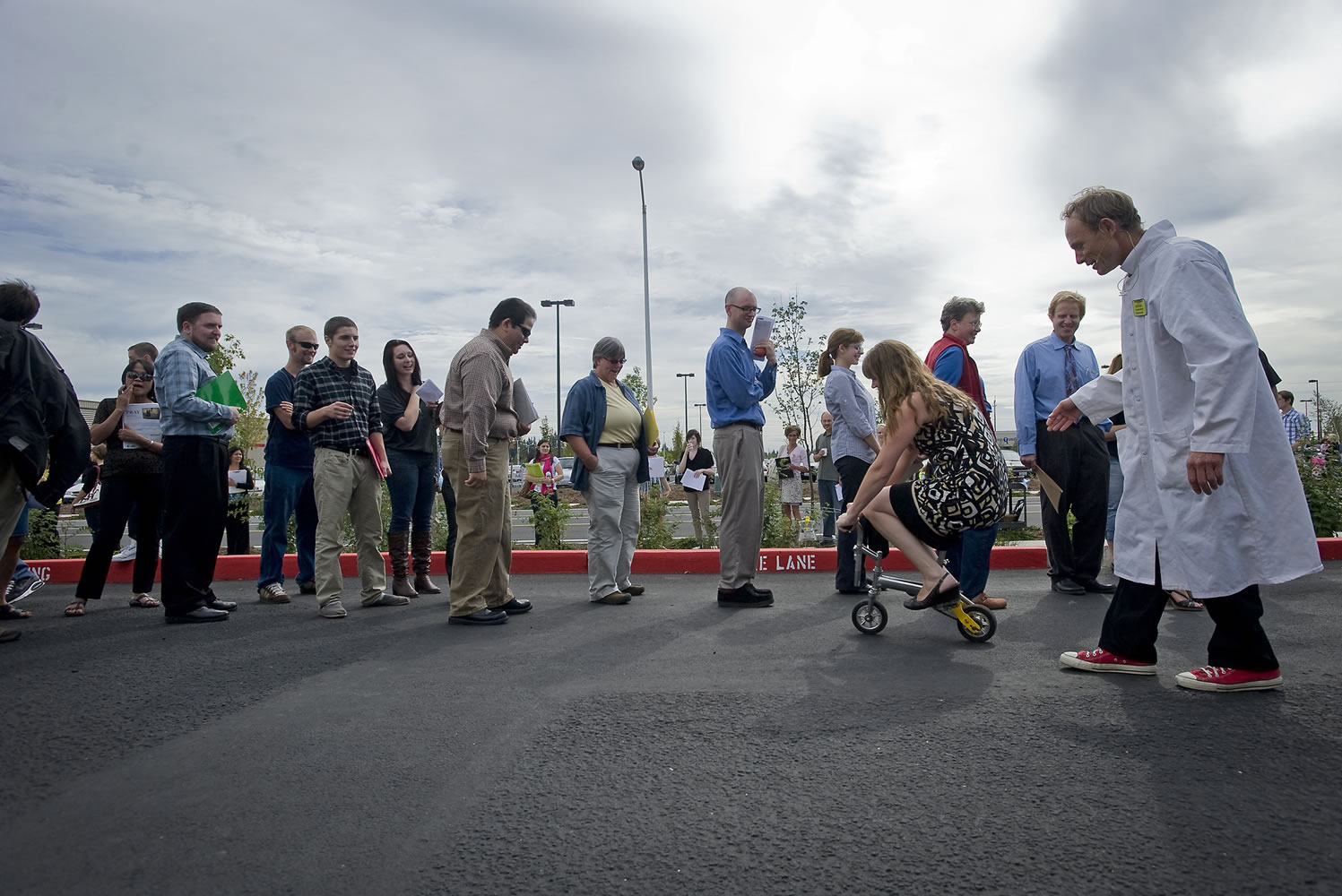WASHINGTON — Even as women have moved up the economic ladder and outpaced men in earnings growth in the past decade, they are lagging behind in a crucial area — getting new jobs.
Since the recession ended in June 2009, men have landed 80 percent of the 2.6 million net jobs created, including 61 percent in the past year.
One reason: Male-dominated manufacturing, which experienced sharp layoffs during the recession, has rebounded in recent years, while government, where women hold the majority of jobs, has continued to be hit hard.
But there’s something else at work. Men are grabbing a bigger share of jobs in areas, such as retail sales, that typically have been the province of women, federal data show.
That’s not necessarily good news for women or men. The work that mainly has gone to women often pays less and offers skimpier benefits and less opportunity for advancement than the jobs men previously held.
Paul Cordova and Betty Mowery, a married San Francisco couple in their 40s, found that out in short order. Three days after Cordova lost his job managing facilities at a San Francisco law firm in April 2009, Mowery was laid off as a customer service representative at an air freight company.
Cordova got a new job working as a clerk in a grocery store, but, at $9 an hour, it paid much less than his previous job. Mowery couldn’t find any job and finally stopped looking. She went back to college this year to retrain for a career in mental health.
“It’s a huge step down,” Mowery said of their family income, close to $100,000 before the start of the recession at the end of 2007.
Gaining an edge
The retail trade demonstrates how much things have changed in recent years.
Three years ago, women made up a majority of the payrolls in the retail trade, just as they have throughout most of the last three decades for which data are available. But since the sector hit bottom in December 2009, men have landed more than 440,000 retail jobs while women have lost 49,500 positions.
Men now account for 51 percent of the 14.75 million retail jobs in the country.
Similarly, the male share of payrolls has inched higher in financial services such as banking and real estate, health care and education, and leisure and hospitality businesses, although women still outnumber men in each sector.
“During this recovery, men have looked for alternative careers and jobs in other sectors,” said Adriana Kugler, the Labor Department’s chief economist.
In recent months, women have picked up a bigger share of the new jobs than they had before, but it’s uncertain whether that trend will continue. And they have a long way to go to cut down the gender disparity in finding new jobs — a gap that has drawn notice in this presidential election year.
This spring, GOP candidate Mitt Romney’s campaign blamed the hardships for women on President Barack Obama’s policies, although analysts pointed out Romney’s claims ignored the fact that men took their lumps earlier in the recession. Unemployment peaked in late 2009 for men and a full year later for women.
The gender gap has raised concerns about possible discrimination in hiring. If the trend persists, it could set back gains made by women in the workplace, experts said.
“It’s hard to know (whether) some employers place a priority on men going
back to work,” said Joan Entmacher, vice president for family economic security at the National Women’s Law Center. Of particular concern, she said: Opportunities for women in higher-paying fields such as manufacturing are shrinking.
Since December 2009, manufacturing has added nearly 500,000 net new jobs, but the head count for women at factories has stagnated.
Dean Baker, co-director of the Center for Economic and Policy Research, said men may have an edge because they tend to have a longer work history. But he also suspects some employers will “take a male applicant more seriously even (when a man and woman are) equally qualified.”
Gender discrimination in hiring is hard to prove. In fiscal 2011, more men than women filed complaints of unfair hiring based on gender with the Equal Employment Opportunity Commission. It’s the first time that has happened in at least a decade, possibly reflecting the increased entry by men into women-dominated workplaces.
Some employers said they are seeing more male applicants for jobs in industries such as retail — a trend that Dov Charney, chief executive of American Apparel Inc., welcomes.
“Gender stereotypes still exist; many men don’t want to work on the retail floor,” said Charney, whose Los Angeles apparel maker operates 140 stores in the U.S. But he sees change.
“More and more men are interested in fashion because gender definitions are changing,” he said, “because the world is saying it’s OK.”
For many men, though, alternative careers aren’t so much a choice as an act of desperation.
“They really need the work; they can’t afford to be choosy,” said Harry Holzer, a labor expert at Georgetown University and the Urban Institute.



